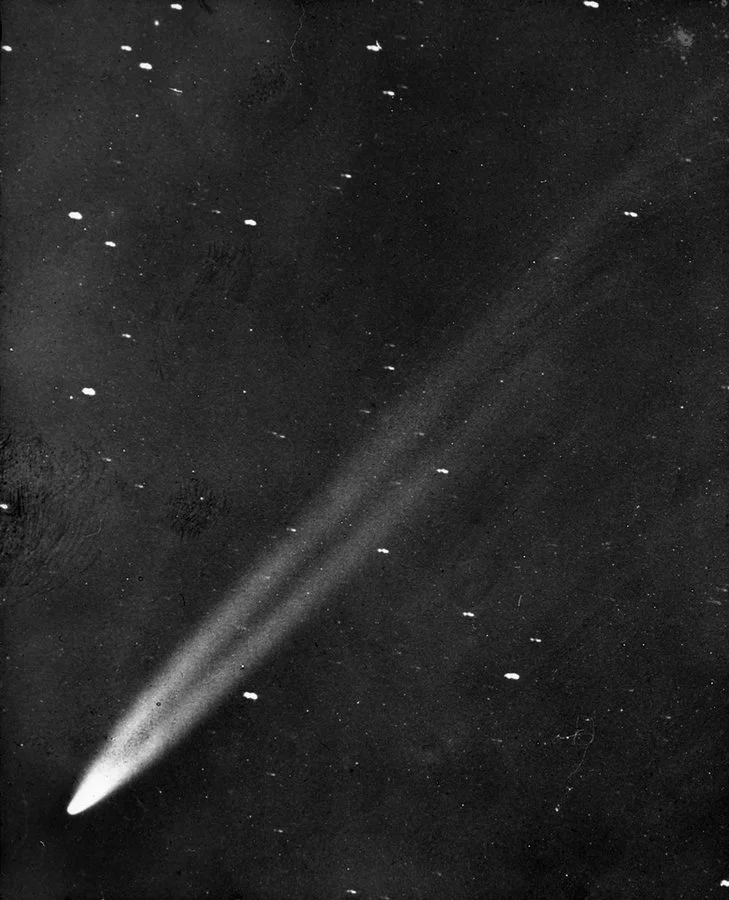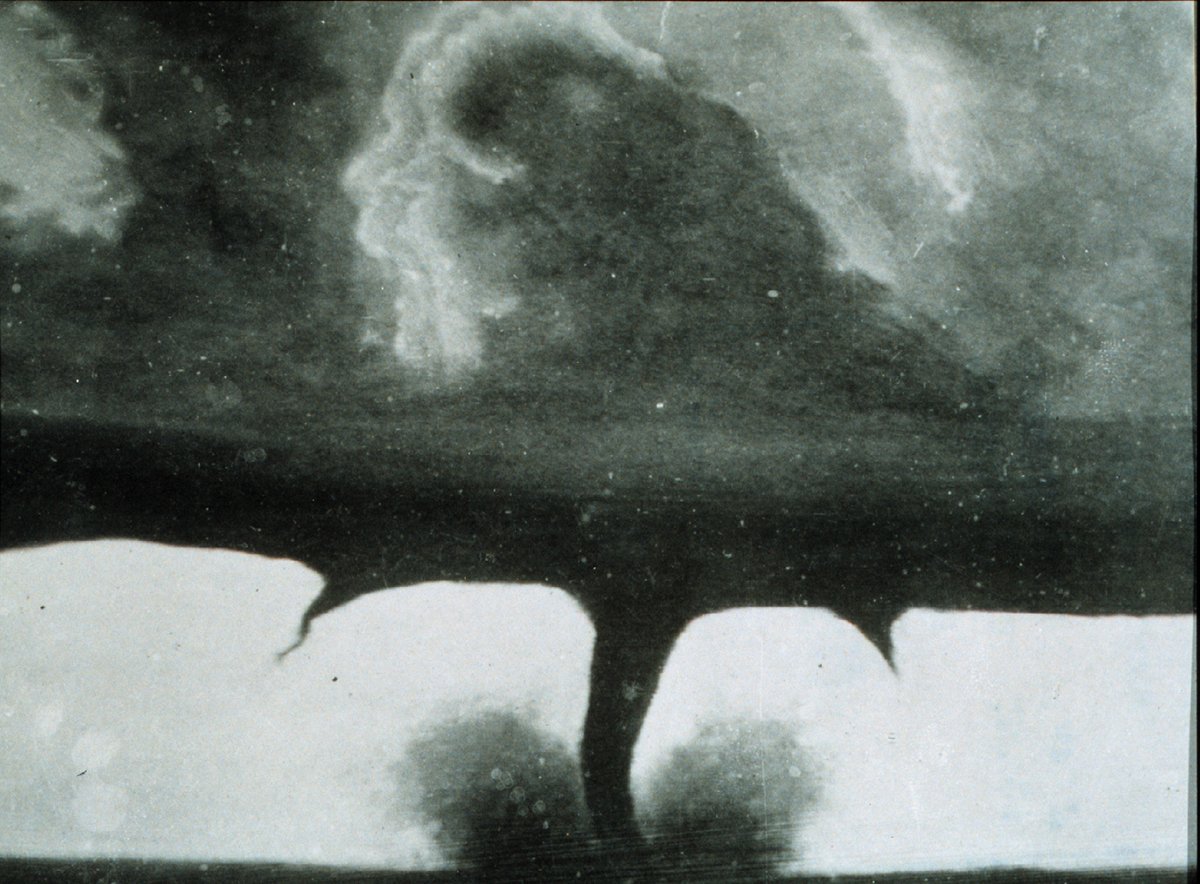
FIRST PHOTOGRAPH CANDIDATES
The SEETHINK Lab is currently in the process of confirming the following first photographs for the Zero Baseline of Photography.
Candidate Credit: The National Media Museum, Bradford, Author: Étienne-Jules Marey, Title: Chronophotograph of 'Chat chute' or cat falling, Archive: Science Museum Group. Chronophotographic Film of Cat Falling. 1952-75/4 Science Museum Group Collection Online, Date: 1893, Format: 90 mm x 545 mm. Materials: fibre paper and cellulose nitrate. Available information: This is one of a series of sequential photographic images created by French scientist and photographer Étienne-Jules Marey using his chronophotographic camera. The images, captured at 12 frames per second. The pictures showed that the cat had no rotational motion at the start of its descent and so was somehow acquiring angular momentum while in free-fall.
Candidate Credit: First Experimental Art Film, Author: William Kennedy Laurie Dickson, Film "Danse du papillon" (1894), interprété par Annabelle Whitford, réalisé par William Kennedy Laurie Dickson, colorié à la main par Antonia Dickson, William Kennedy Laurie Dickson, Thomas Crahan & Robert K. Bonine, George Albert Smith, CC0, via Wikimedia Commons, Sources: MoMa Museum of Modern Art (New York), British Film Museum Available information: format, duration 5' 23, screen 4/3 (single screen), speed 29,976 fps. Date: 1896
Credit: Science Museum Group, London, Author: Alan Archibald Campbell Swinton (1863 – 1930). Title: Photograph of Positive Electrical Discharge, Date: 1892, Archive: Science Museum Group Collection (Object no. CO8349901). Source: Science Museum Group Online Collection – collection.sciencemuseumgroup.org.uk, Original file: Unknown dimensions (archival gelatin silver print on glass plate, Description: High-voltage electrical discharge captured directly onto a photographic plate without camera or lens. Swinton’s experiment recorded the path of a spark from an induction coil, revealing the branching form of positive corona discharges. Available information: Science Museum Group archives, Department of Science and Technology Collections.
Candidate Credit: Author: C. T. R. Wilson, Title: One of the First Cloud Chamber Photographs, Archive: Cavendish Laboratory Archives, Date: 1911. This photograph is one of the first to visually capture the tracks of subatomic particles using a cloud chamber, an invention by physicist C. T. R. Wilson. Taken at the Cavendish Laboratory, it shows alpha particles emitted by radium forming condensation trails in ionized water vapor. Wilson's pioneering work in visualizing atomic activity earned him the Nobel Prize in Physics in 1927, marking a key advancement in both scientific exploration and the intersection of art and technology.
Candidate Credit: Edward Emerson Barnard, Public domain, via Wikimedia Commons, Author: Edward Emerson Barnard, Title: The Great Comet of 1901, Archive: United States Naval Observatory, Date: 11 May 1901
Candidate Credit: NASA, Public domain, via Wikimedia Commons, Author: NASA, Title: 1976_First photograph ever taken from the surface of Mars, Archive: NASA, Available information: Taken by the Viking 1 lander shortly after it touched down on Mars, this image is the first photograph ever taken from the surface of Mars. Date: 20 July 1976
Candidate Credit: NASA / Jet Propulsion Laboratory, California Institute of Technology, Author: NASA Voyager Imaging Science Subsystem Team, Title: Enhanced-colour Image of Saturn’s Rings, Archive: NASA Planetary Photojournal, Image ID PIA01486 – “Composition Differences within Saturn’s Rings”, Date: 17 August 1981, Format: Digital composite from clear, orange, and ultraviolet filter frames; original data transmitted via Voyager 2 Imaging Science Subsystem (Narrow-Angle Camera); field of view ≈ 0.4 × 0.4 degrees; range ≈ 8.9 million km. Materials: Digital image data (Voyager ISS frames), reprocessed for colour enhancement; stored in NASA PDS / JPL archives. Available information: This colour-composite image was created from three filtered exposures taken by Voyager 2 as it approached Saturn in August 1981. The spacecraft used its Imaging Science Subsystem to record the planet’s rings through ultraviolet, clear, and orange filters, later combined to produce an enhanced-colour view revealing subtle compositional and structural variations within the rings. The different hues correspond to variations in particle size, density, and contamination by non-ice material. At the time, this was the first colour image to distinguish discrete ring regions by spectral properties, offering insight into the physical and chemical diversity of Saturn’s ring particles. The image was processed and calibrated by the Jet Propulsion Laboratory under the direction of the Voyager Imaging Team.
Candidate Credit: NOAA, Public domain, via Wikimedia Commons, Author: unknown, Title: 1884_Oldest known photograph of a tornado, Archive: National Oceanic & Atmospheric Administration (NOAA) Photo Library, Date: 28 August 1884
Candidate Credit: © 1981-2021 CERN (License: CC-BY-4.0), CERN Photo Archive, This event shows the real tracks produced in the Gargamelle bubble chamber that provided the first confirmation of a neutral current interaction. Date: 1 January 1973
Candidate Credit: U.S. Army, Author: Unspecified, Title: First Photograph from Space, Description: Taken using a 35mm DeVry Corporation motion picture camera mounted on a V-2 rocket launched from White Sands Missile Range, this image marked the first time Earth was photographed from outer space. The camera, designed to withstand the high-altitude pressure and vibrations of space flight, captured a series of images at 35 frames per second as the rocket reached an altitude of 105 km. This moment represents a milestone in both photographic and scientific history. Archive: White Sands Missile Range Museum, Source: V-2 Rocket Camera, Date: 1946.
Candidate Credit: Soviet Academy of Sciences, Author: Luna 3, Title: The Farside of the Moon, Archive: Russian State Archive of Scientific Documentation, Source: Soviet Space Program, Date: 1959. Captured by the Soviet spacecraft Luna 3, this groundbreaking image marks the first-ever photograph of the moon's far side, a region never before seen by human eyes. Utilizing early analog film technology, Luna 3 transmitted images back to Earth, despite the technical limitations of the time, revealing a mysterious and cratered lunar landscape. This achievement not only demonstrated the Soviet Union's advanced space capabilities but also expanded humanity's understanding of celestial bodies beyond Earth.
Candidate Credit: Bauhaus Archive, Author: László Moholy-Nagy, Title: Photogram, Description: An early example of Moholy-Nagy’s experimentation with light and shadow, this photogram reflects his fascination with the abstract qualities of photography, free from the constraints of traditional camera techniques. The work is significant for its innovative use of direct light exposure on photosensitive paper, marking a pivotal moment in the integration of art and technology within the Bauhaus movement. Archive: Bauhaus-Archiv Berlin, Source: Bauhaus Archive, Date: 1922.
Candidate Credit: Private Collection, Author: Hippolyte Baraduc, Title: "Psychic Force," Archive: National Library of France, Source: Archives of Parapsychology, Date: 1896. This early photographic experiment by French physician Hippolyte Baraduc captures what he claimed to be manifestations of the human soul's energy, marking a key intersection of spiritualism and photography in the late 19th century. Baraduc used long exposure techniques to attempt to document invisible psychic forces, contributing to the era's fascination with scientific exploration of the metaphysical.
Candidate Credit: James Clerk Maxwell, Public domain, via Wikimedia Commons, Author: James Clerk Maxwell, Title: Tartan Ribbon, First colour photographic slides, Archive: James Clerk Maxwell, Public domain, via Wikimedia Commons, Source: Scanned from The Illustrated History of Colour Photography, Jack H. Coote, 1993. ISBN 0-86343-380-4. Date: 1861 (of original photographic slides)
Candidate Credit: © Dr Paul-Antoine Moreau, Creative Commons Attribution License 4.0 (CC BY), Author: Moreau, P.-A., Toninelli, E., Gregory, T., Aspden, R. S., Morris, P. A., & Padgett, M. J. (2019), Title: Imaging Bell-type nonlocal behaviour, Archive: University of Glasgow’s School of Physics and Astronomy, Source: Science Advances, Date: 2019
Candidate Credit: San Francisco Historical Society, Author: Unidentified Photographer, Title: Panoramic View of San Francisco from Rincon Hill, Archive: San Francisco Historical Society Archive, Source: California State Library, Date: 1851. This early panoramic image captures San Francisco during its rapid expansion in the California Gold Rush era. Taken from Rincon Hill, it showcases the city’s burgeoning port and infrastructure. Created using a daguerreotype or early collodion process, the photograph highlights the technological challenges of mid-19th-century photography, such as long exposure times and immediate on-site development, making it a rare visual record of the period’s urban transformation. Public domain, available for unrestricted reproduction.
FIRST PHOTOGRAPH CANDIDATES
The SEETHINK Lab is currently calling for first photograph candidates and contextual documentation in the areas of scientific and artistic photography from the last two centuries. If you have a candidate to submit please use this form: Submit candidates. For related articles or stories about any of the candidates please use this form: Submit contextual documentation. All submission information is used for research purposes only. Your privacy is respected. Thank you for your valuable contribution.















